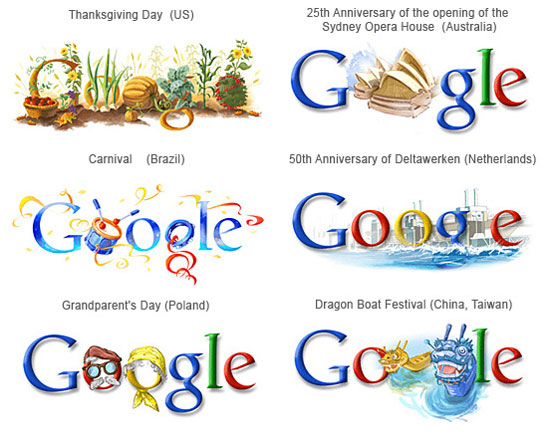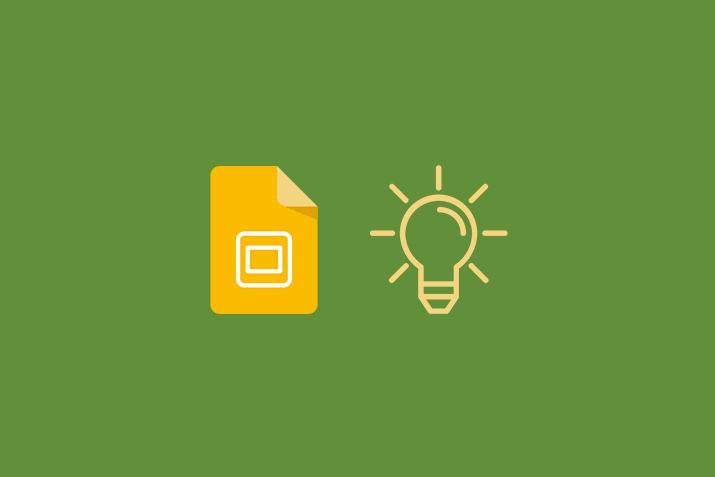


#Google web designer tips free
Among your free options, you could always look for a less commonly used web font. On the bright side, whomever you hire will probably handle many of the concerns listed in this guide. If you want a totally unique, bespoke typeface-and who wouldn’t-it can be expensive and time consuming, so start by reaching out to foundries for quotes. Try these examples: Proxima Nova, Helvetica, Museo, Futura, Brandon Grotesque (popular) Arial, Times New Roman, Courier New, Helvetica, Times, Courier, Verdana, Georgia (system) Gibson, Gotham, Classic Grotesque, Montserrat (web fonts)īut if you’re still keen on finding an uncommon font to help your project stand out, there are dozens of commercial type foundries that sell proprietary fonts for either a flat fee or monthly rate. Web fonts tend to be just as reliable as system fonts, but with a greater variety to choose from. Today, there’s no need to compromise by selecting a commonplace ‘workhorse’ font. It was once the case that using system fonts would be the safest choice because you could count on them to be in working order and available across most devices. Many apps and websites still use a small selection of the most common fonts-a holdover from a time when this was the most practical approach to digital typography. That’s a matter of the font’s personality, but to some extent personality depends on familiarity. While the scope of your project could narrow your search by ruling out fonts that don’t have the range you need, or guiding you toward those that do, remember that there are no hard and fast rules to determine the font with the right aesthetic. Try these examples: Bubblegum Sans, Graduate, Scope One, Space Mono Just bear in mind that the versatility of a large type family could still be useful as you make fine adjustments to the text in a short-run project. You could even choose a font with a single weight if you think it’s right for this particular task.

Try these examples: Alegreya, Alegreya SC, Merriweather, Merriweather Sans, Roboto, Roboto Condensed, Work Sansīut if this is a short-term project (like a poster, album cover, or logo) you might not need extra weights, or the condensed and extended versions of a font. Large families make branding easier because sticking to a single font over time ensures that you'll be able to handle different situations without having to add another font into the mix. Your best bet for covering those different needs is to choose a large type family that includes a variety of weights, styles, and variants like small caps and ligatures. By starting with what you already know, then thinking through the following considerations, you’ll find a font that meets your needs.Īre you starting something that could go on for a few months or even years, like a magazine, or is it a one-off project, like a slide deck, logo, or presentation?Ĭhances are that a large, long-term project (like a periodical or newsletter) will have a variety of different typographic needs over time. There’s a lot to think about, sure, but some of the most important considerations are the practical and functional features of the project. And if the font comes in a range of different styles (like italics or small caps) and weights (from hairline to ultra-black), it’ll offer more tools to fine-tune the design as the project comes together. Some font families are large enough to include international scripts and special characters. Certain fonts work best in headlines, while others read well in paragraphs. These needs are not only aesthetic, but also technical and functional-and there’s only so much you can tell from snippets of text as you scroll through a dropdown menu from Alegreya to Zapf Dingbats. Whether you find these words inspiring or intimidating, the plain fact is that the right typographic choice always reflects the specific needs of the project itself. Typography “exists to honor content,” according to Bringhurst, and when it’s done well it “reveals every element, every relationship between elements, and every logical nuance of the text.” Turn to the writings of Robert Bringhurst, whose Elements of Typographic Style has served as a sagely reference text for decades, and you’ll find a high-minded articulation of the craft. If you get it right, typography can be incredibly powerful.


 0 kommentar(er)
0 kommentar(er)
